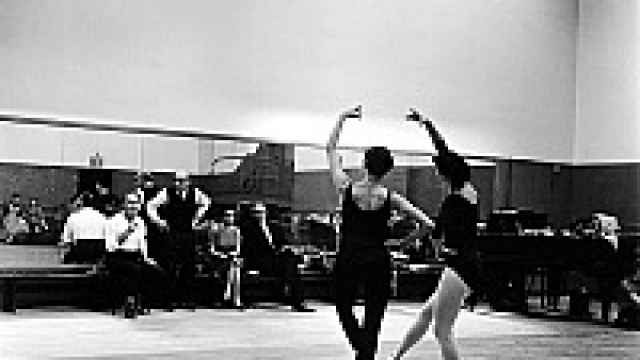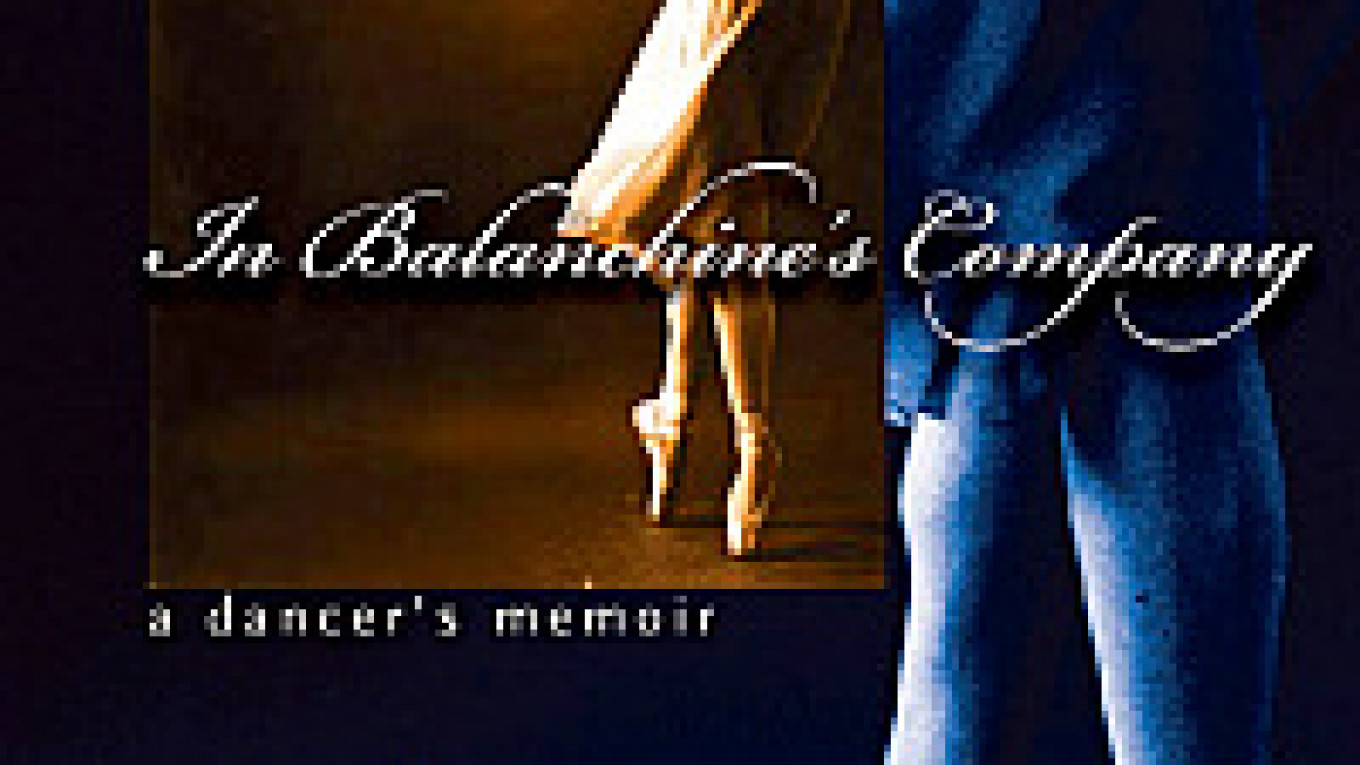Predictably, during their lifetimes their success individually and together provoked envy and resentment, and the polarization continues between their fans and detractors. These two brilliant, prolific, charismatic and long-lived artists provide huge targets, and the stream of memoirs, critical retrospectives and arguments that focus on them is not likely to run dry soon.
Still, from the shelves of books in English on Balanchine, alone, my choice as an introduction for someone who knows little about him and wants to learn what he was "really like" is Barbara Milberg Fisher's modest yet piercing remembrance, "In Balanchine's Company." Fisher -- a child of Russian-Jewish parents who were born in Ukraine and came to New York before World War I -- grew up in Brooklyn, where she studied both classical piano and ballet, and read voraciously. During the 1940s, she attended the School of American Ballet, co-founded by Balanchine and Lincoln Kirstein and staffed mostly with stars who had trained at the Imperial Ballet School in St. Petersburg or who had danced with the ballerina Anna Pavlova or Sergei Diaghilev's Ballets Russes.
In 1946, Balanchine took the 14-year-old Barbara Milberg into Ballet Society, the immediate predecessor of the New York City Ballet, and the next year she became a charter member of NYCB when it made its debut at the City Center of Music and Drama, in Manhattan. She danced with the company for 10 years, performing corps de ballet and soloist parts in ballets by Balanchine, Jerome Robbins, Frederick Ashton and others, and she also choreographed a little bit, with Balanchine's encouragement. Among the high points of her NYCB career was her participation as a showcased member of the original cast of "Agon," Balanchine's 1957 landmark collaboration with Stravinsky; it was the last ballet she performed with NYCB. In 1958, she married a young arts enthusiast and accepted Robbins' invitation to join his own new company, Ballets: USA, with which she danced throughout Europe and, at the invitation of Jacqueline Kennedy, for President John F. Kennedy in the White House. Her last performance as a dancer was at the 1962 Madison Square Garden birthday gala for the president, now famous for Marilyn Monroe's rendition of "Happy Birthday." Fisher, the mother of three children, then followed her lifelong love of reading and enrolled as an undergraduate at City College, going on to earn her Ph.D. in English with a specialization in the 17th century. She joined the City College faculty, published a well-received study of the poet Wallace Stevens and another on pure mathematics in literature, and is now a professor emeritus, living in New York.
 Martha Swope Milberg (right) rehearses "Agon" in front of Balanchine and Igor Stravinsky in 1957. | |
Precisely because Fisher was not one of Balanchine's muses, or even a principal dancer (whose responsibilities would have caused her to be blinkered to aspects of the company at large), she was at the perfect distance to observe the man at his times of stress and devilry. These she reports without apology, hostility or defensiveness, along with snapshots of Balanchine's apparently Olympian calm at moments when, as she discovered later, he was, in fact, extremely upset. She has the musicianship to render a vivid and exact picture of a rehearsal for "Agon." And she enjoys the necessary emotional detachment to speak honestly of Balanchine's arguments in the studio with Stravinsky, of an episode in which he exhibited direct anger at the dancers, of his boyish -- and somewhat reckless -- infatuation with Vespas, of his Machiavellian efforts to embarrass Kirstein, and of his willingness to take the company to the Barcelona of Franco's Spain because the raked stage of the opera house there would season them for the raked stage of the Paris Opera, where he was desperate for NYCB to make a good impression.
Fisher is not, by profession, a dance historian, and she makes a few factual errors about dance history that she did not herself experience. (Ballet Theatre never had a full-length "Sleeping Beauty" in repertory during the 1940s. Balanchine's "Prodigal Son" was not based directly on the biblical parable but rather on a short story by Alexander Pushkin that referred to it. Stravinsky's "Firebird" score as staged by Balanchine in 1949 had indeed been changed from the score that Diaghilev produced.) Her efforts to link Balanchine's art to that of great poets from the canon of English literature are also a little sketchy. Even so, she warmly and consistently animates the choreographer as a human being and a creative force, and she does so in the context of a profound love for his imagination and a sense of great privilege for having known him.
Mindy Aloff is the author of "Dance Anecdotes."
A Message from The Moscow Times:
Dear readers,
We are facing unprecedented challenges. Russia's Prosecutor General's Office has designated The Moscow Times as an "undesirable" organization, criminalizing our work and putting our staff at risk of prosecution. This follows our earlier unjust labeling as a "foreign agent."
These actions are direct attempts to silence independent journalism in Russia. The authorities claim our work "discredits the decisions of the Russian leadership." We see things differently: we strive to provide accurate, unbiased reporting on Russia.
We, the journalists of The Moscow Times, refuse to be silenced. But to continue our work, we need your help.
Your support, no matter how small, makes a world of difference. If you can, please support us monthly starting from just $2. It's quick to set up, and every contribution makes a significant impact.
By supporting The Moscow Times, you're defending open, independent journalism in the face of repression. Thank you for standing with us.
Remind me later.


